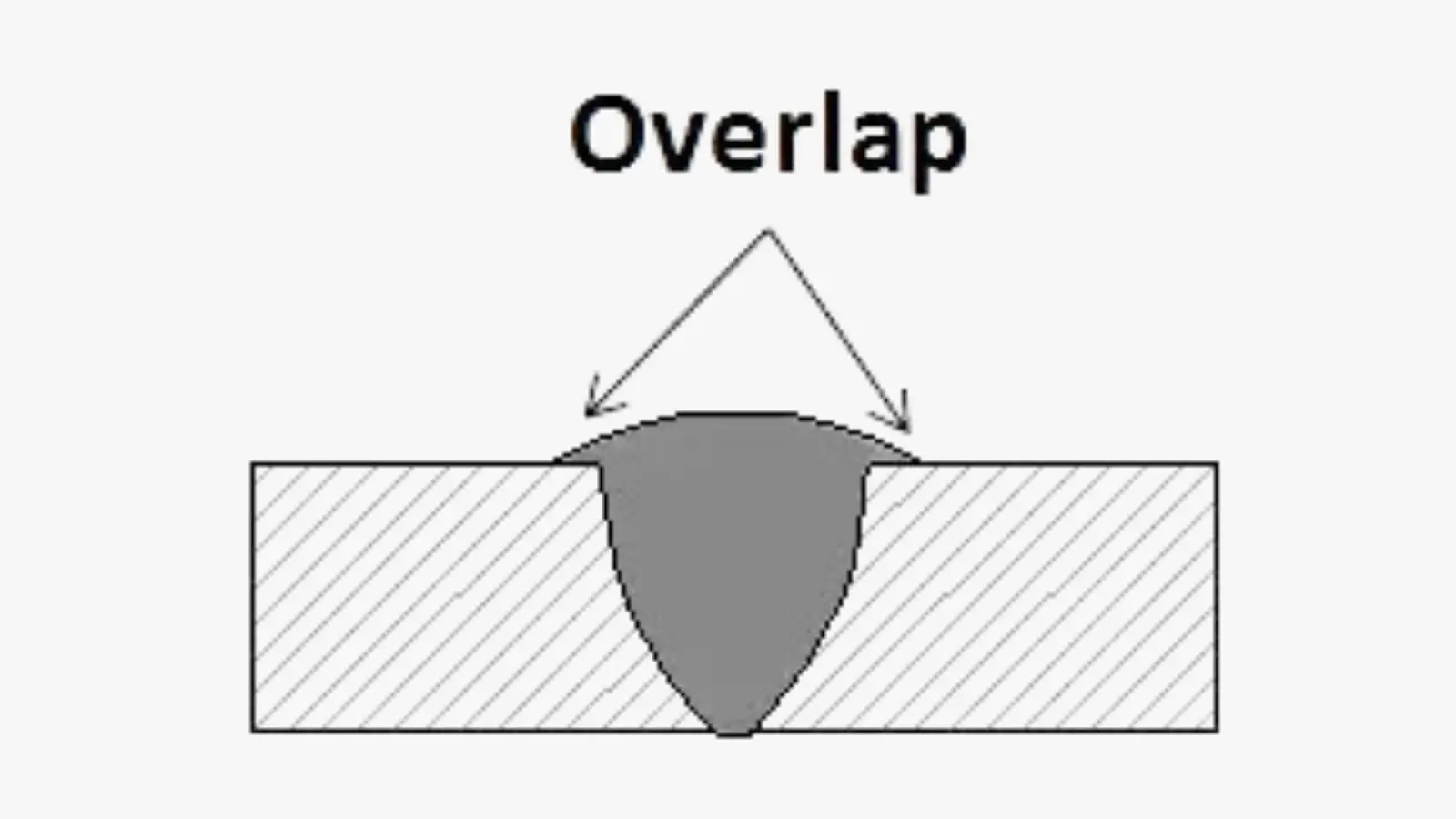Best Overview to Preventing Weld Undercut: Tips and Techniques
Best Overview to Preventing Weld Undercut: Tips and Techniques
Blog Article
Understanding the Causes and Solutions for Undercut Welding in Steel Construction Processes
In the realm of metal fabrication processes, the event of undercut welding positions a substantial difficulty that requires a comprehensive understanding of its causes and practical options. The complex interplay of various aspects during welding operations can bring about this unfavorable phenomenon, influencing the architectural stability and total top quality of the bonded joints - Preventing weld undercut. By exploring the origin of undercut welding and checking out efficient therapeutic steps, producers can raise the requirement of their workmanship and make certain the manufacturing of remarkable steel parts
Typical Root Causes Of Undercut Welding
Frequently forgotten in steel fabrication, undercut welding takes place as a result of different aspects that demand precise interest and proficiency to be efficiently minimized. One usual reason for undercut welding is extreme warmth input. When the warmth input is too high, it can result in the melting and subsequent erosion of the base product along the sides of the weld joint, creating a groove or undercut. Furthermore, inappropriate welding strategies, such as using the incorrect welding angle or take a trip rate, can additionally add to damage formation. Inadequate protecting gas insurance coverage is an additional essential aspect that can result in undercutting. Not enough gas insurance coverage falls short to safeguard the weld swimming pool effectively, bring about oxidation and undercut problems. The choice of welding parameters, such as voltage, existing, and wire feed rate, plays a significant role in the occurrence of undercut welding. Comprehending these usual reasons is vital for executing preventive procedures and making sure premium welds in metal construction procedures.
Influence of Incorrect Welding Parameters
Incorrect welding criteria can dramatically compromise the stability and top quality of bonded joints in metal manufacture procedures. The impact of inaccurate welding criteria shows up in different methods, leading to architectural weak points and issues in the bonded parts. Meticulous focus to welding criteria is critical to ensure the production of top quality welds with the preferred mechanical buildings and structural integrity.
Effect of Improper Torch Angle
Incorrect torch angle in welding procedures can significantly influence the high quality and integrity of the final weld joints in metal fabrication processes. Damaging is an usual welding flaw where a groove develops along the weld toe, compromising the joint and compromising its architectural honesty.
A torch angle that is too high can bring about inadequate penetration, incomplete blend, and raised spatter. On the various other hand, a torch angle that is too superficial can cause extreme penetration, burn-through, and distortion of the base product. Preventing weld undercut. Appropriate torch angle is essential for ensuring regular weld high quality, strength, and look
To avoid undercutting and other flaws triggered by improper lantern angles, welders should be educated to maintain the proper torch angle throughout the welding process. Routine monitoring and change of torch angles throughout welding can assist achieve audio welds with minimal issues.
Function of Inadequate Welding Techniques

One more element of poor welding methods is incorrect weld prep work. Insufficient cleaning of the base metals, incorrect joint design, or insufficient side prep work can all add to damage welding. Poor securing gas protection or utilizing the wrong kind of gas can result in insufficient fusion and the formation of undercut issues.
To this post attend to the function of inadequate welding strategies in steel construction processes, it is necessary to give detailed training for welders. Appropriate education on welding criteria, joint preparation, and shielding gas option can help prevent undercut welding and make certain top notch welds in metal manufacture jobs.
Effective Solutions for Undercut Welding
Resolving undercut welding in metal manufacture needs carrying out effective remedies to improve weld top quality and structural honesty. One of the key options to combat undercut is to change welding parameters such as voltage, present, and take a trip speed to make certain web link appropriate warmth input and fusion. By fine-tuning these setups, welders can prevent extreme melting of the base steel and filler material, lowering the possibility of undercut development.
Additionally, appropriate joint prep work is essential in protecting against undercut. Guaranteeing tidy base steel surfaces devoid of impurities and using the proper bevel angle can aid promote much better weld infiltration and reduce the risk of undercut - Preventing weld undercut. Utilizing ideal welding techniques, such as oscillating the lantern or weaving, can additionally aid in distributing warm equally and loading the weld joint properly, lessening the opportunity of undercut issues
Furthermore, choosing the right welding consumables, consisting of electrodes and filler steels, is essential in mitigating undercut. Utilizing materials with proper chemical make-ups and mechanical properties can contribute to achieving sound welds with minimal undercut. Regular evaluation and high quality control procedures must likewise be carried out to identify and resolve undercut concerns without delay, making certain the total honesty of made steel elements.

Final Thought
In final thought, understanding the causes and solutions for undercut welding in steel manufacture procedures is vital for accomplishing premium welds. By dealing with common causes such as wrong welding criteria, incorrect torch angle, and inadequate welding strategies, welders can stop undercutting and ensure solid, long lasting welds. It is vital to pay interest to these factors and apply reliable services to improve the total welding process and final item quality.

Report this page